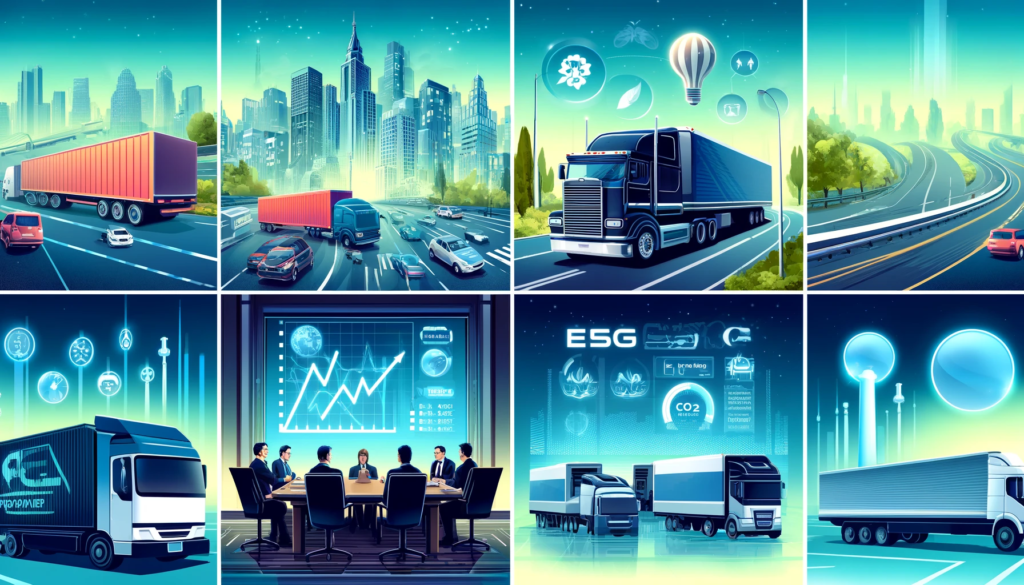Subtotal $0.00
Our mission is to be your trusted navigator through the dynamic landscape of ZEV. We'll illuminate their policies with crystal-clear explanations, ensuring you understand the principles that guide their operations. Moreover, we'll unveil the thrilling innovations that make ZEV a trailblazer in its field. Get ready to discover the cutting-edge technologies that set them apart, and understand how these advancements shape not only their products but potentially the industry as a whole.

Shopping cart
Welcome to ZEV Help! Your Guide to Zero-Emission Commercial Vehicles

